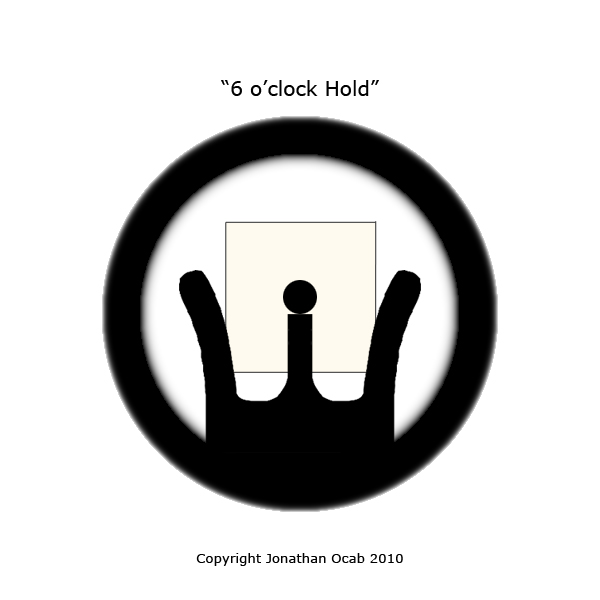An excerpt from Hap Rocketto's "A Short History of United States target Development and Evolution":
The new target used the Minute of Angle (MOA) as its base of measurement. A MOA is a unit of angular measurement equal to 1/60th of a degree. At one hundred yards, a minute of angle subtends 1.047 inches. Shooters commonly round this distance to one inch, calling it "one minute,", and use it as the standard for measuring the accuracy of a firearm. The quest for the Holy Grail of shooting, a rifle and ammunition combination that will shoot a group of less than one minute, seems never ending.
Rounding the MOA to one inch makes it easy to calculate the necessary adjustments to the sights at the various distances commonly used in outdoor competitive shooting, 50 through 1,000 yards. A MOA is equal to the distance in yards divided by 100, i.e. one MOA at 100 yards is one inch, at 200 yards it is two inches and so forth. Sights are calibrated so that a given number of "clicks" will move the strike of the bullet one minute.
The SR target, with its six scoring rings, three inch X through 37 inch five ring, made its first appearance in competition in 1967. As originally designed the SR target had a 13 inch/6.5 minute MOA aiming black, X through nine ring, at 200 yards but it was also used for 300 yard rapid fire where it had a four MOA aiming black. The MR1 target, MR stands for Mid Range, used at 600 yards, had an aiming black of 24 inches/four MOA from the X through eight ring.
About 1980 it was determined that the aiming black at 300 and 600 yards was too small. In response, the SR target's aiming black was expanded to the eight ring for, creating a new target for 300 yards-the SR3. The MR1's black was expanded to cover the X ring to the seven ring. These revisions made the target easier to see and brought the three targets used in National Match competition into alignment, each having a nominal six MOA aiming black.
The 1,000 yard 5V target "C" eventually went the way of the "A" and "B" as a domestic competition target in 1974. It was replaced by the NRA Experimental 1000 yard target center which debuted in the 1975 Leech and Wimbledon matches. However, the 5V is not gone nor forgotten. It has stubbornly hung on and can be found at the Marine Corps Recruit Depot ranges at San Diego and Parris Island where it is used in primary marksmanship training and qualification. It is also one of the official targets for competition sponsored by the International Confederation of Fullbore Rifle Associations

